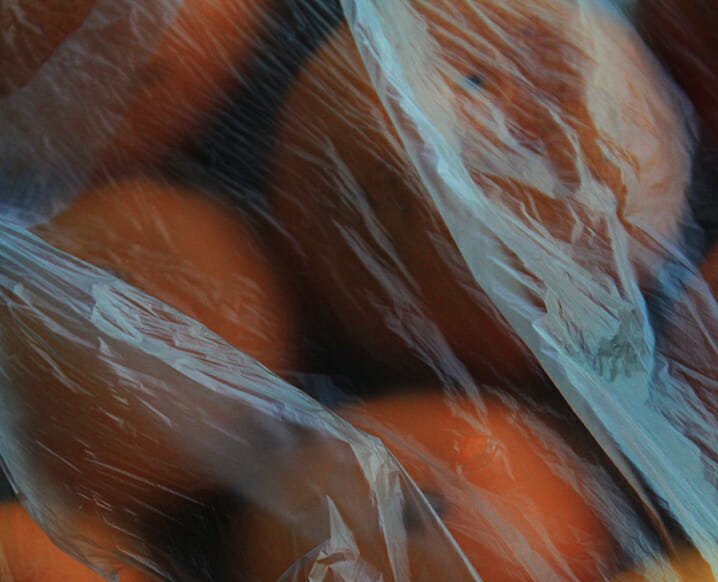
There’s no denying that interest in the world of skin care and beauty is popular for preteens. During these years, the pressure to “look good” and “fit in” with friends and schoolmates often intensifies.
Up until recently, however, preteen beauty was largely limited to lip balms, facial cleansers, and a certain infamous apricot scrub. Now, thanks to social media, a new, Sephora-enamored generation of 10- to 12-year-olds have become obsessed with high-quality face products—some of which are overly harsh on young skin.
01
What is the Sephora 10-year-olds trend?

The so-called Sephora 10-year-olds (or Sephora kids) trend refers to Gen Alpha’s infatuation with the world of high-end—sometimes anti-aging—skincare products. This interest can occur organically, like when a trusted adult or friend shares their favorite products, or via marketing—most often in the form of social media and influencer culture.
02
Where did this skincare trend come from?

If you frequently use social media, there’s a good chance you’ve stumbled on this trend while scrolling. Videos of children applying anti-aging skincare products, promos for cleansers and serums being marketed toward a young audience, and people critiquing the phenomenon are flooding both Instagram and TikTok.
03
How much do preteens spend on skin care?

In one recent survey, parents estimated their tween daughters had spent $187 on skincare products and $148 on makeup in 2023—and, in both categories, it was presumed that this number would be higher in 2024. With many trending cleansers and moisturizers beginning at a higher price point, the cost of skincare products could be even greater than estimated.
04
A matter of legislature?

The phenomenon is so pervasive that California’s now-scrapped bill AB 2491 would have prohibited children 13 years old and younger from buying over-the-counter skincare products that contain vitamin A derivatives, such as retinoids, glycolic acid, and vitamin C. In the bill’s brief, medical experts cite redness, peeling, topical dermatitis, and swelling as potential consequences for using harsher preventive ingredients on young skin.
05
Your preteen’s skincare routine

Although aspects of this trend can be concerning, it can also prompt important conversations with your preteen on valuing and caring for their body. In most cases, 10- to 12-year-olds need nothing more than a gentle cleanser, an oil-free moisturizer, and non-comedogenic sunscreen. For products with cleaner ingredients, consider shopping at a natural health retailer.
Depending on their needs, kids may require formulations for specific skin conditions or types, such as sensitive or acne-prone skin. Consult with a healthcare practitioner if your preteen is struggling with more severe skin concerns.
06
Tween-friendly ingredients
 Calendula: beloved by herbalists and product formulation experts alike, the distinctive orange flowers of the calendula plant are added to products for young skin because of their ability to soothe inflamed skin.Beeswax: used as a gentle emulsifier in skincare formulations, beeswax locks in moisture while softening skin.Shea butter: this rich and moisturizing butter comes from the seed of a shea tree, giving products the ability to soften and soothe skin while reducing symptoms of eczema and acne.SPF: When it comes to sunscreen, experts agree that children should wear sun protection of at least SPF 30 during peak sun hours. For the gentlest formula, look for mineral-based sunscreen made with zinc oxide or titanium dioxide.
Calendula: beloved by herbalists and product formulation experts alike, the distinctive orange flowers of the calendula plant are added to products for young skin because of their ability to soothe inflamed skin.Beeswax: used as a gentle emulsifier in skincare formulations, beeswax locks in moisture while softening skin.Shea butter: this rich and moisturizing butter comes from the seed of a shea tree, giving products the ability to soften and soothe skin while reducing symptoms of eczema and acne.SPF: When it comes to sunscreen, experts agree that children should wear sun protection of at least SPF 30 during peak sun hours. For the gentlest formula, look for mineral-based sunscreen made with zinc oxide or titanium dioxide.
07
No-gos for your preteen
 Retinoids: typically used for their anti-aging effects, retinoids (including their derivatives retinol, adapalene, and tretinoin) can cause skin allergies, rashes, and irritation for tweens.Vitamin C: although there are many benefits to using vitamin C serums on adult skin, its use in children’s skin products hasn’t been studied and may cause irritation.Peptides: made up of amino acids, peptides are yet another powerful—but potentially irritating—anti-aging ingredient that should be avoided by those in the preteen set.Exfoliants: chemical exfoliants (think AHAs and BHAs) may dry, irritate, or even tear the skin.
Retinoids: typically used for their anti-aging effects, retinoids (including their derivatives retinol, adapalene, and tretinoin) can cause skin allergies, rashes, and irritation for tweens.Vitamin C: although there are many benefits to using vitamin C serums on adult skin, its use in children’s skin products hasn’t been studied and may cause irritation.Peptides: made up of amino acids, peptides are yet another powerful—but potentially irritating—anti-aging ingredient that should be avoided by those in the preteen set.Exfoliants: chemical exfoliants (think AHAs and BHAs) may dry, irritate, or even tear the skin.
08
Use this trend to share other self-care methods

As your child becomes more interested in self-care on the outside, help them foster other healthy habits to boost and maintain their mental and physical health:
Get regular exercise—only 30 minutes per day has been shown to improve a low mood!Express gratitude—for example, by writing in a gratitude journal every day.Prioritize sleep and a healthy sleep schedule.Enjoy healthy and delicious food to stay fueled and energized throughout the day.







